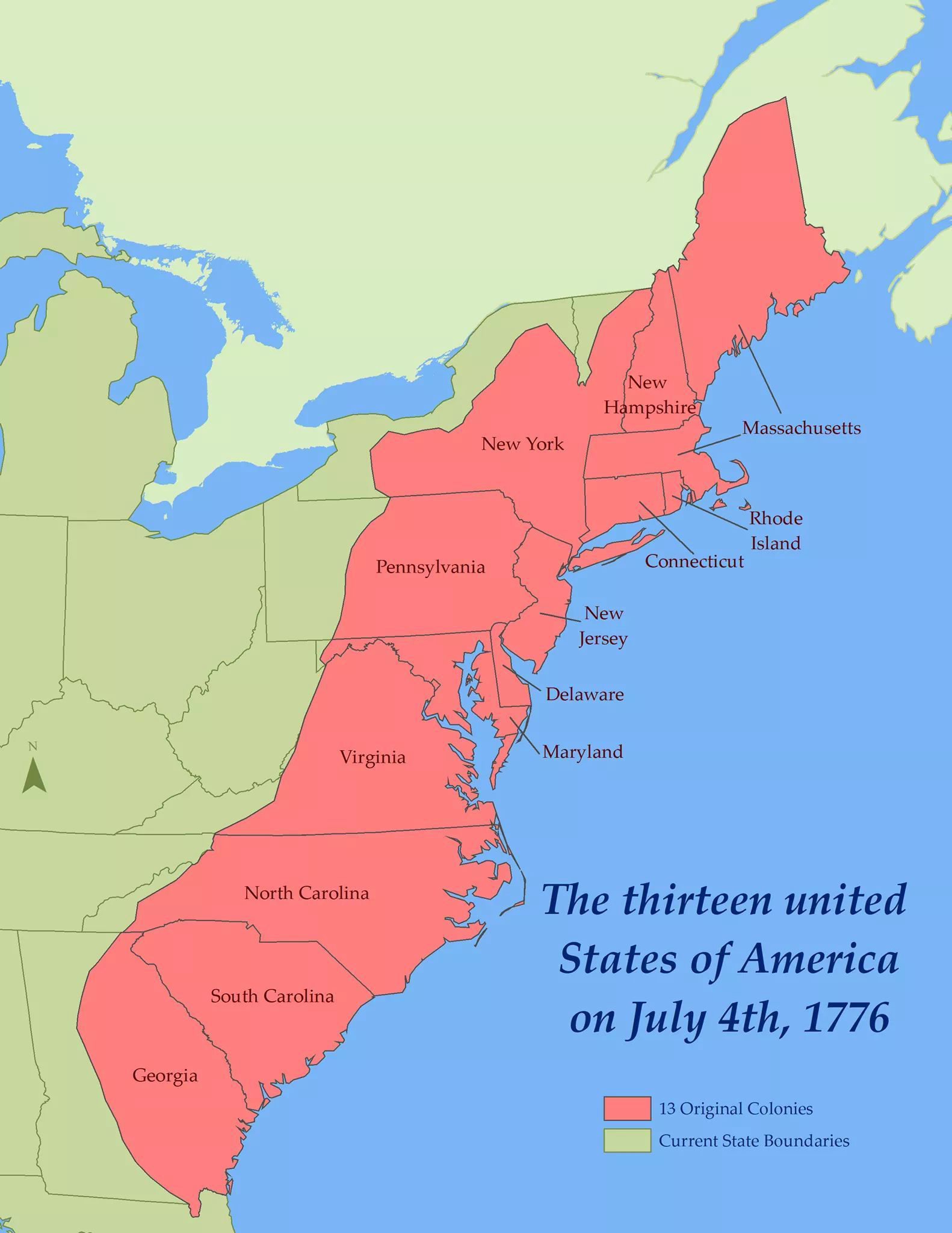
Longer term impacts of the Europeans and the environment (1)
Christianity and Roman Catholic are dominant religions in South America. As native religions died away, they were replaced by European practices which have continued to be followed.
Cultural ‘swapping’ was not all one-way. Columbus called the Lucayan people he met “Indians”. Despite having no written language, these people are credited for having contributed some words in English still used in modern day, for example, “Barbecue”.
So, what did Europe get from The New
World?
Tomatoes, potatoes and tobacco - to mention only three.

So, tobacco originated in the New World and quickly spread to Europe; very expensive at first, but soon lots of people were smoking it. And at first, it was fairly pure tobacco and did not do a lot of harm but then - when commercial companies made cigarettes like they do today, they add so so many many chemicals - and those chemicals kill you. Cannabis is also smoked in a way similar to cigarettes and leads to cancer and addiction.
Using CBD oils is not harmful and does not give
the same effect as smoking cannabis.
To reiterate: South America has provided the main “roots” for many famous food dishes of European culture. For example, cocoa for the Swiss Chocolate, tomatoes for the Italians, potatoes for the Irish and British. Seeds were imported from South America and through wide agriculture use, have come to play a fundamental part in many cooking and eating styles of European cultures.
As the natives continued to die out through mistreatment, conflicts and diseases, Africans were imported in vast numbers to the area - from Africa - to replace them as slaves for Spanish immigrants. Thus, Africans eventually became the main inhabitants of South America, while tribal groups such as the Taino became extinct. The population structure has changed.
In addition, we usually assume the
‘Americans’ are generally European-looking,
but this is incorrect.
Native North Americans are dark skinned – the
colour of their skins was more red than brown
and even today the term ‘red skin’ is used in
America.
The entire composition of the population has
changed as a result of invasion and
colonisation.
Here's a Native American (Indigenous, Red-Skin, Red Indian). Also not Red, and certainly not Indian.

You can see why they were called 'Red Indians - their skin colour was quite red, but the Europeans only had genuine Indians from India to compare them with.
There were also exceptions, such as the San
Blas people, who lived on the coral islands off
Panama, observed by Columbus and other explorers
who passed them by.
Because they were passed by, these people and
the rest of the Cuna tribe still live the way
they would 500 years ago.
Columbus’s personal legacy was also very
dominant.
To honour the first European to bring the “new world” known to the “old world”, many places are named after him. For example, Colombia, the South American country, and Colombo (this name was slightly modified to its Portuguese form), the former capital of Sri Lanka.
Around the world, many place names are after a person, although you might not know. The American State of Virginia is named after the Virgin Queen, daughter of Anne Boleyn and Henry VIII - Elizabeth Tudor.
Now, the longer term environmental impacts of Europeanisation.
As mentioned above, the different types of
ecosystem located in the Americas were
discovered by the Europeans and used for
scientific uses.
Plant species have also adapted to grow in the
different European soil and have adapted to the
European climate (e.g. tomatoes in Italy).
Basically, that's how the Europeans and New
Worlders affected teach other's environment in
the long term.
Politically, many European
countries have colonised these areas and
remained long after the death of Columbus.
For example, the Spanish colonies in South
America lasted from 1492 (the arrival of
Columbus) until 1898 - for 406 years.
These colonies were lost through the
Spanish-American war (Cuba and Puerto Rico) and
many of these colonies revolted against their
European masters.
Cultural remnants still play a big part in
those territories. They explain the original
motivations for colonisation - trade and the
conversion of indigenous religions to
Christianity.
The indigenous languages of Americas evolved
into replacement of Spanish and original
languages are lost.
After about 1898, most of those colonies had
reverted to governance by their original owners
- well, the descendants of them at least.
The Spanish also helped introducing writing
systems to the Quechua, Nahutl and Guarani
people during their colonisation.
The values that Christopher Columbus and other
Europeans brought and had brought are reasons
for America’s current economic and political
success.
Some of these also included common laws, which
are a legal system that is largely formed by the
decisions previously made by courts and not
imposed by legislatures or other government
officials.
And that means that in fact, even The USA,
created by Britain, did not form its own, new
system of government but used the Spanish
one.
Apart from the Spanish, other European
political impacts have also been
evident.
For example, the thirteen original Colonies of America were established by the British Empire.These colonies developed their own system of self-government, and became independent States of America, finally becoming the United States of America.

The creation of the USA was by the British.
They revolted in the American Revolution in
1773 and declared independence from the British
Empire.
Each colony had already developed its own
system of self-government, which is why laws
differ in most states of the USA.
Americans were originally mostly independent
settler farmers who owned their land and voted
for their own local and provincial
governments.